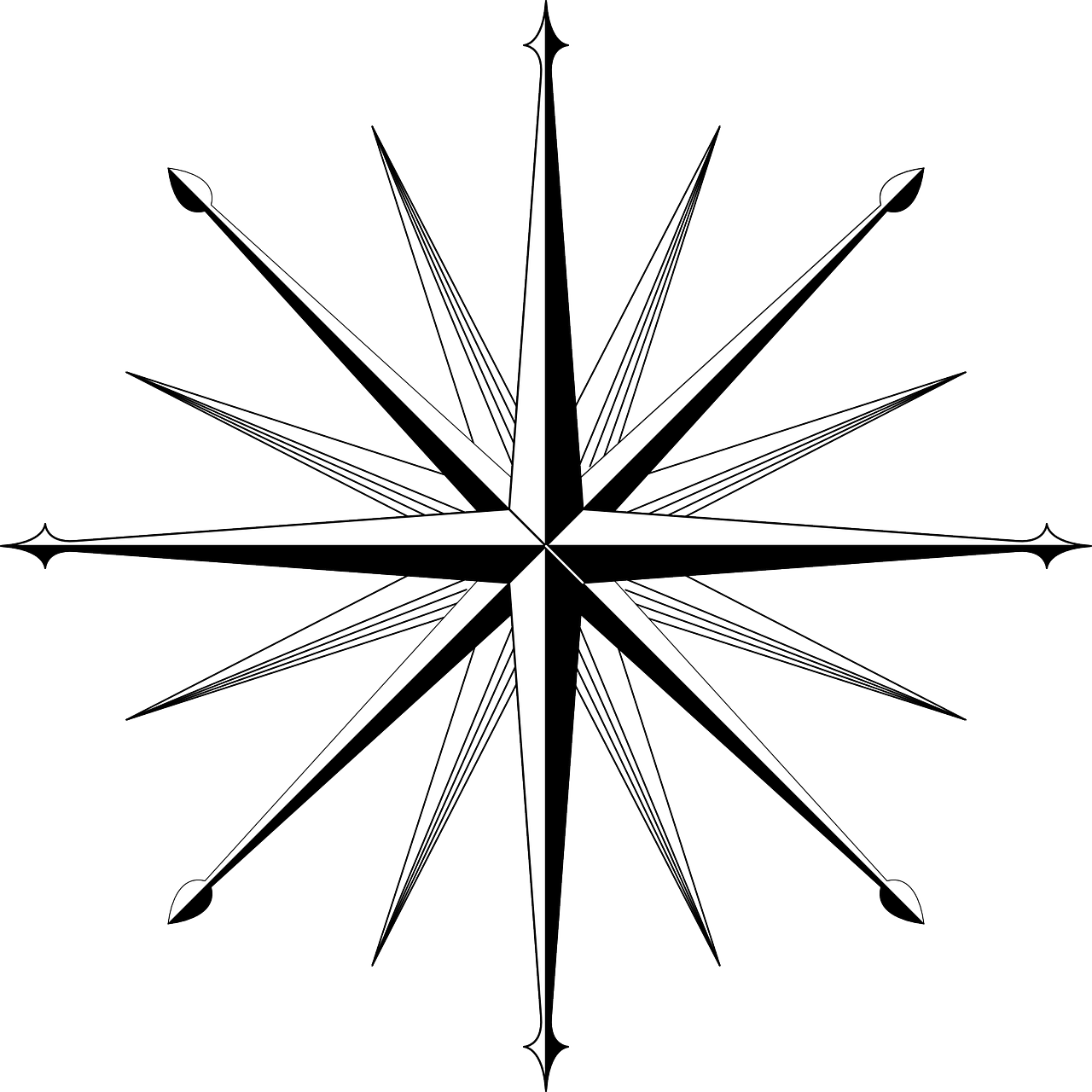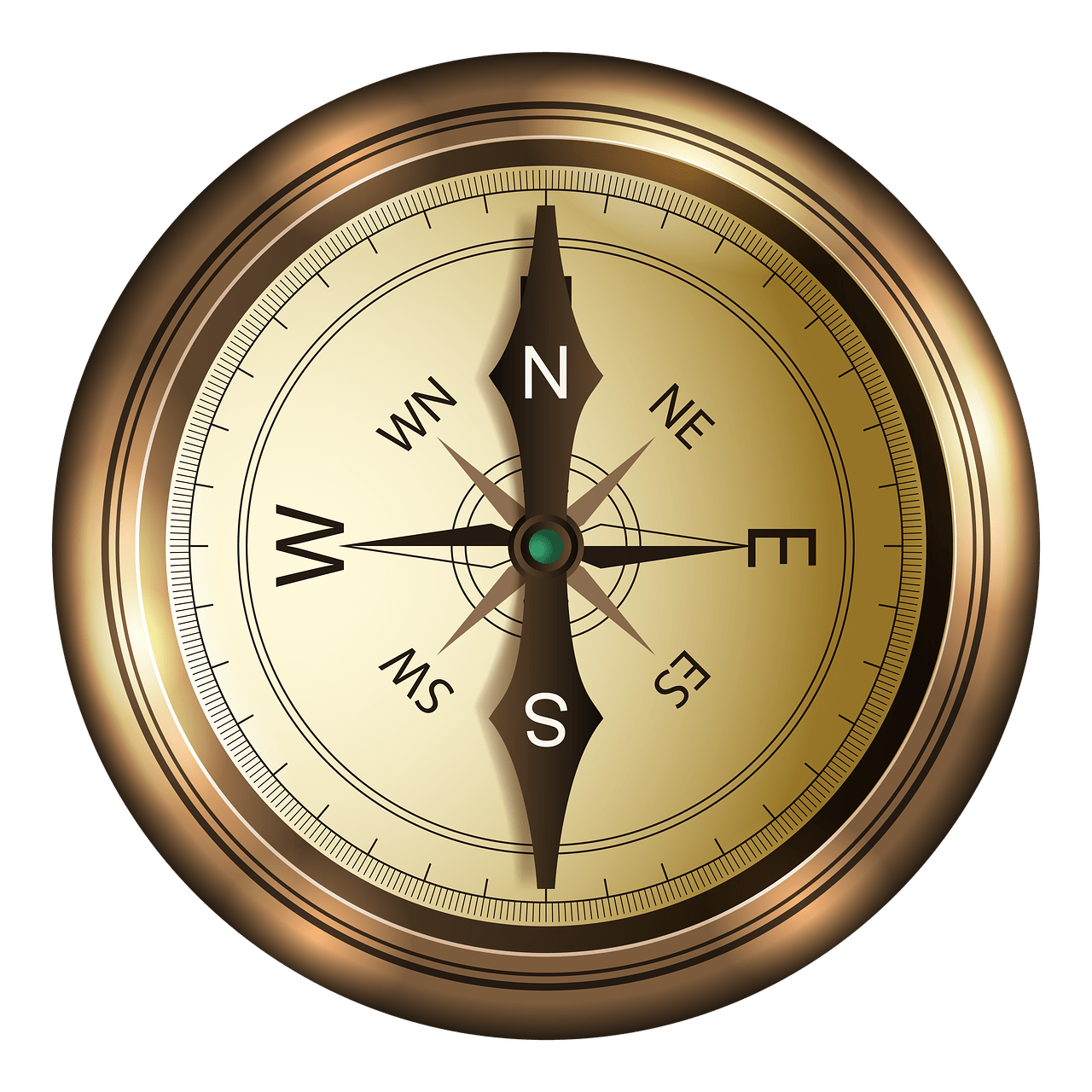What Are The Differences Between Different Boating Compasses?
Understanding the Basics of Boating Compasses
When it comes to navigating on the water, having a reliable compass is essential for boaters. A compass is a valuable tool that helps you determine your direction and stay on course, especially when visibility is limited. Boating compasses come in a variety of types and styles, each offering different features and benefits. Understanding the differences between these compasses can help you choose the right one for your boating needs.
Types of Boating Compasses
There are several types of boating compasses available on the market, each designed for specific purposes. The two main categories of boating compasses are magnetic compasses and electronic compasses.
Magnetic Compasses
Magnetic compasses are the traditional type of compasses that use a magnetized needle to point to the magnetic north. These compasses are reliable and do not require power to operate, making them suitable for use in any boating conditions. Magnetic compasses are simple to use and easy to read, making them a popular choice among boaters.
Electronic Compasses
Electronic compasses, also known as digital compasses, use sensors to determine the direction. These compasses provide accurate and reliable readings, even when the boat is in motion. Electronic compasses often come with additional features, such as a built-in GPS, backlight, and digital display. While electronic compasses may be more expensive than magnetic compasses, they offer advanced functionality and convenience.
Features to Consider When Choosing a Boating Compass
When selecting a boating compass, there are several key features to consider to ensure you choose the best compass for your needs.
Size and Mounting
Boating compasses come in varying sizes, so it’s essential to choose a compass that fits your boat and doesn’t obstruct your view. Consider where you plan to mount the compass on your boat and ensure it is easily visible from your helm.
Material and Durability
The material of the compass housing can impact its durability and longevity. Choose a compass made from high-quality materials, such as fiberglass or aluminum, that can withstand the harsh marine environment.
Lighting
Having a compass with built-in lighting is crucial for nighttime boating or low-light conditions. Choose a compass with adjustable backlighting to ensure readability in any lighting situation.
Global Balancing
Global balancing is a feature that allows the compass to work accurately in different hemispheres. If you plan to boat in different regions, consider a compass with global balancing to ensure accurate readings wherever you go.

Understanding the Differences Between Compass Cards
Compass cards are an essential component of a boating compass that displays the directional information. When choosing a compass, it’s important to understand the different types of compass cards available and how they impact the usability of the compass.
Types of Compass Cards
There are two main types of compass cards used in boating compasses: flat cards and conical cards.
Flat Cards
Flat cards are the most common type of compass cards found in boating compasses. These cards lie flat in the compass housing and feature directional markings around the edge. Flat cards are easy to read and provide accurate directional information, making them suitable for most boating applications.
Conical Cards
Conical cards are less common but offer some unique advantages. These cards are mounted on a cone-shaped surface within the compass, allowing for precise directional readings. Conical cards are often found in professional-grade compasses and provide more accurate readings, especially in challenging conditions.
Compass Card Design and Accuracy
The design of the compass card can impact the accuracy of the directional readings. Some compass cards feature lubber lines, which are fixed lines that align with the boat’s centerline. Lubber lines make it easier to read the compass and ensure you are steering in the correct direction.
Additional Features of Compass Cards
Some compass cards come with additional features, such as adjustable declination settings. Declination is the angular difference between true north and magnetic north, and adjusting this setting can improve the accuracy of the compass readings. Consider choosing a compass with adjustable declination for enhanced precision.

Comparing Floating and Mounted Compasses
When choosing a boating compass, you will encounter two main types of compasses: floating compasses and mounted compasses. Each type has its advantages and disadvantages, so it’s essential to understand the differences between them to make an informed decision.
Floating Compasses
Floating compasses are handheld devices that are not permanently attached to the boat. These compasses are portable and can be easily moved around the boat or taken with you on land. Floating compasses are a versatile option for boaters who may need to navigate on foot or in different watercraft.
Mounted Compasses
Mounted compasses, also known as fixed-mount compasses, are permanently installed on the boat. These compasses are typically mounted on a bracket or bulkhead near the helm for easy visibility. Mounted compasses provide a stable and reliable navigation solution for boaters who prefer a fixed location for their compass.
Choosing the Right Compass Type
When deciding between a floating compass and a mounted compass, consider your boating habits and preferences. If you frequently switch between different boats or enjoy exploring on foot, a floating compass may be the best option for you. On the other hand, if you prefer the convenience of having a compass mounted in a fixed location on your boat, a mounted compass may be more suitable.

Understanding the Importance of Calibration
Calibrating your boating compass is essential to ensure accurate and reliable directional readings. Over time, factors such as electromagnetic interference, temperature changes, and movement can affect the calibration of the compass. Understanding the importance of calibration and how to properly calibrate your compass can help you navigate safely on the water.
Why Calibration is Important
Calibrating your compass ensures that it accurately reflects the boat’s heading and provides reliable directional information. A properly calibrated compass can help you navigate with confidence and avoid getting off course. Regular calibration is essential, especially if you notice any discrepancies in the compass readings.
How to Calibrate Your Compass
Calibrating your compass is a straightforward process that can be done using a compass calibration card or by following the manufacturer’s instructions. To calibrate your compass, ensure that the boat is on a level keel and away from any magnetic or electronic interference. Rotate the boat 360 degrees to allow the compass to adjust to the correct heading. Repeat the calibration process as needed to ensure accurate readings.
Using Deviation Tables
Deviation tables provide a reference for adjusting the compass readings based on the boat’s magnetic interference. By referencing a deviation table, you can correct any errors in the compass readings caused by magnetic effects on the boat. Keep a deviation table on hand for quick adjustments and ensure your compass is always providing accurate directional information.
Conclusion
In conclusion, understanding the key differences between different boating compasses can help you choose the right compass for your boating needs. From magnetic compasses to electronic compasses, and from floating compasses to mounted compasses, each type of compass offers unique features and benefits. By considering the size, mounting options, material, lighting, compass card design, and calibration process, you can select a compass that will enhance your navigation experience on the water. Remember to calibrate your compass regularly to ensure accurate readings and safe boating adventures. Choose a compass that meets your needs and enjoy smooth sailing on your boating journeys.







